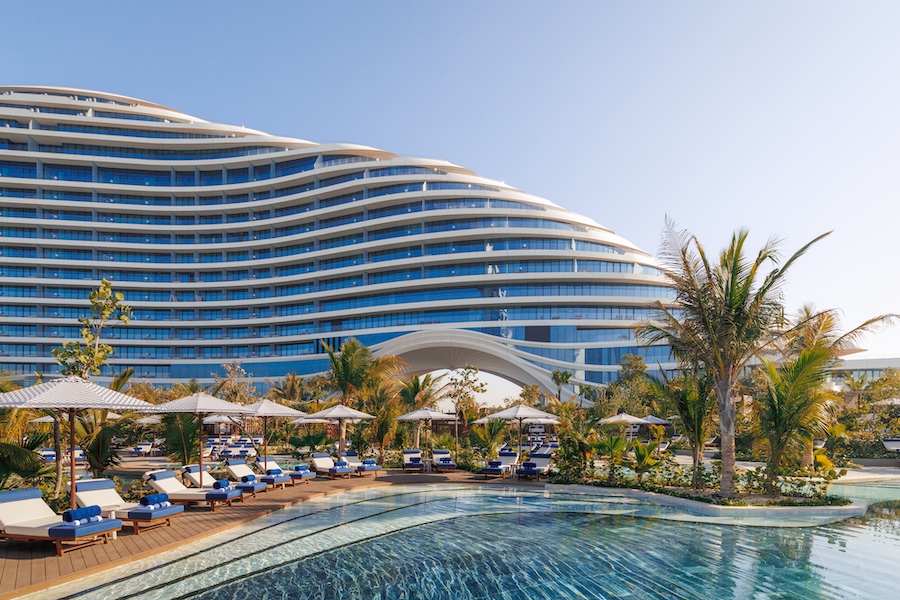Hospitality Design’s annual development issue comes out, a British artist crafts a family of quirky body suits, and the temple design for this year’s Burning Man has been revealed. All this and more in this week’s Five.
Framlab rethinks urban farming with Glasir
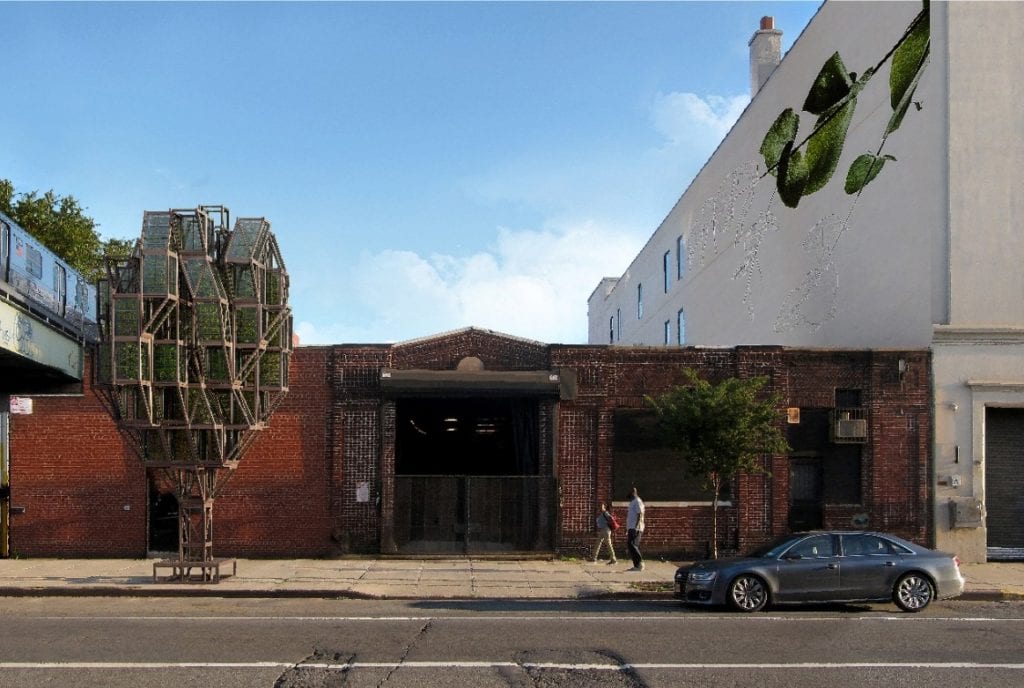
Design firm Framlab has conceived an innovative solution to increase urban agriculture in Brooklyn, according to Fast Company. The greenhouse-like vertical farming structure, dubbed Glasir, is based on the efficiency of aeroponic growth systems, which is used for cultivating plants in mist environments. Aiming to provide around 480 pounds of fresh produce annually for food-insecure neighborhoods, the design resembles a tree made of glass cubes with modules that can be stacked to create a flexible piece of urban architecture. Framlab will also fit each unit with artificial intelligence sensors to monitor growth.
Hospitality Design’s February issue goes beyond borders
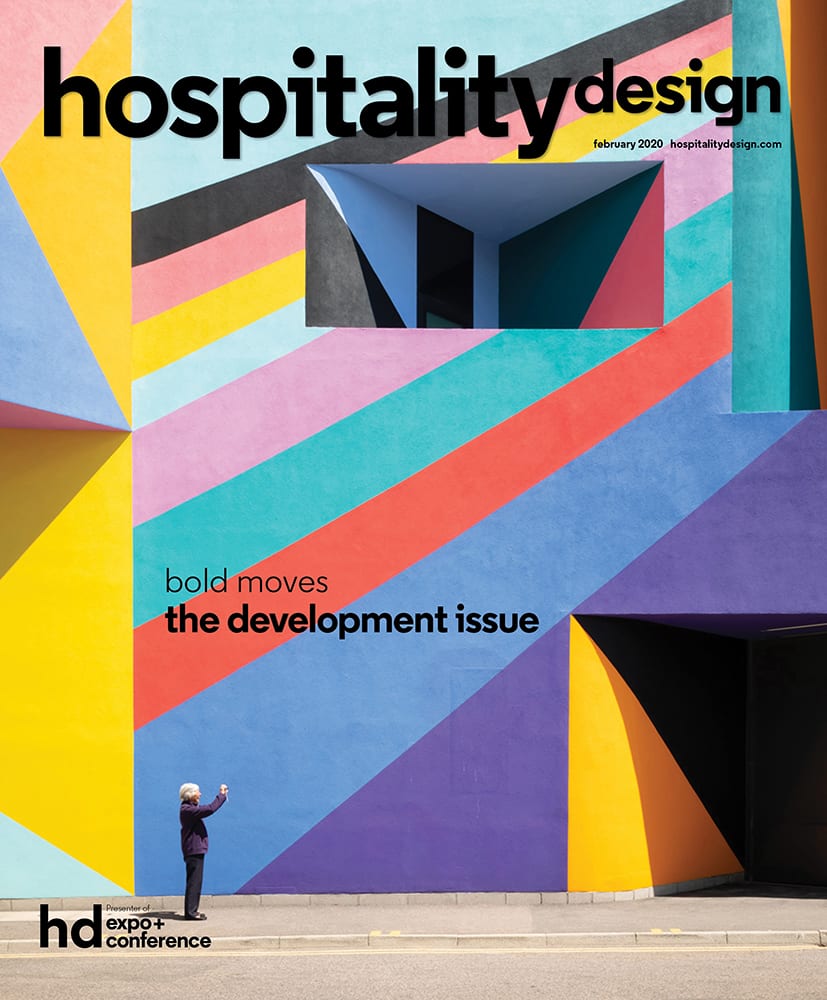
For our annual development issue—out now—we highlighted a dozen locations that prove development and good design go hand in hand. Take Rotterdam. Amsterdam’s lesser known sibling is experiencing a bit of a hotel renaissance, with inventive new concepts like the campground-meets-sculptural park Culture Campsite debuting in May and the mixed-used marvel, the POST Rotterdam, which is set to come online in 2023. On that note, we also interviewed ODA, the firm behind the POST Rotterdam, which has made a name for itself revitalizing neighborhoods around the world. The issue is a deep dive into our industry and the people behind the design who continue to push the envelope and go beyond borders.
Burning Man reveals temple design

The temple design for this year’s Burning Man festival has been revealed, writes Dezeen. Created by Colorado-based architect Renzo Verbeck and artist Sylvia Adrienne Lisse, the graphic, angular structure will serve as the main pavilion of the temporary Black Rock City and will be burned on the final day together with the Nevada festival’s legendary namesake “man,” as part of the event’s ritual. Named Empyrean, which refers to a region beyond the physical realm said to be the birthplace of fire, the structure is conceived in accordance with the festival’s 2020 Multiverse theme. The temple presents itself in the symbol of an eight-pointed star, each point forming a canopy leading to the middle.
Fleshly bodysuits celebrate the human form
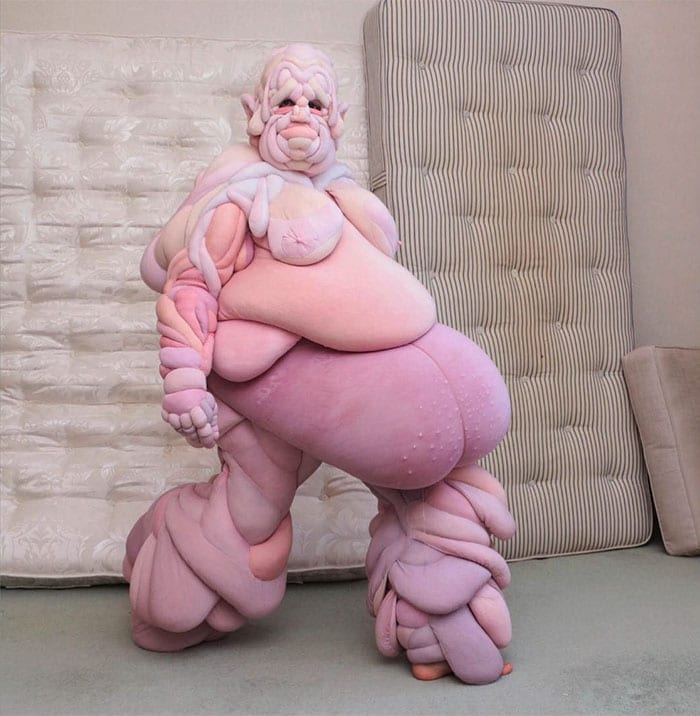
London-based illustrator and artist Daisy Collingridge celebrates the human body with her amorphous, pastel-colored body suits. Inspired by what might be beneath a person’s skin and human anatomy with a dash of fantasy, the sculptural costumes are made from blobs of fabrics in pastel colors all sewn together by hand. Her family of bodysuits boast five distinct personalities that will be acted out for the camera. “Their wearability opens up a whole new dimension to explore. The sculptures can be brought to life, in the same way an animator brings their puppets to life,” she tells Creative Boom.
Donald Trump wants to make classical architecture great again
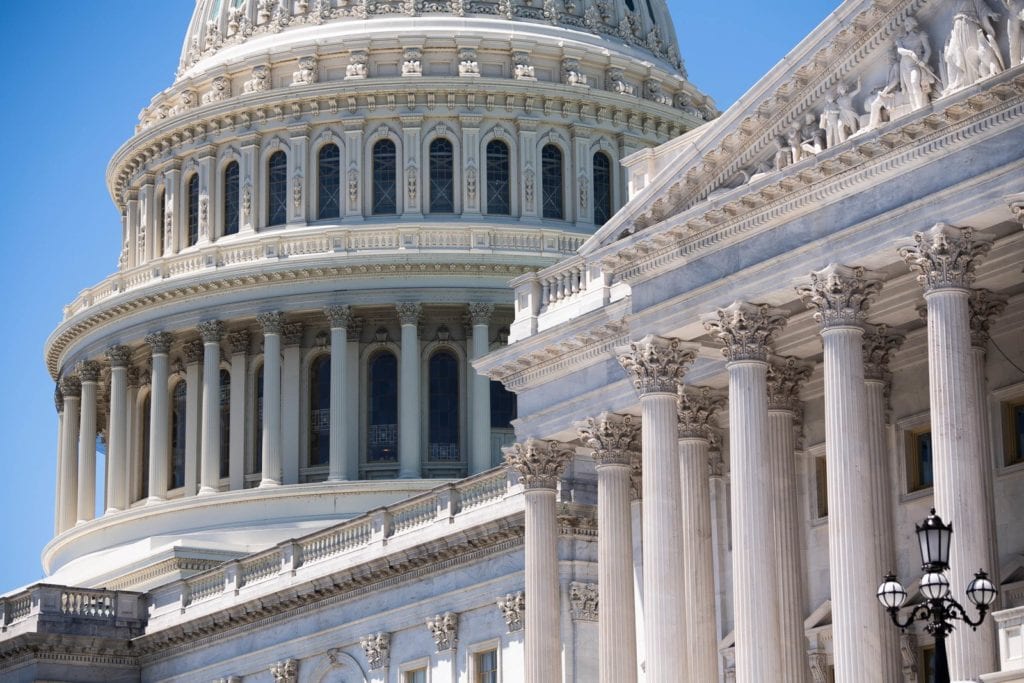
President Trump is considering an executive order that calls for traditional designs for new federal buildings, writes NPR. Called “Make Federal Buildings Beautiful Again,” the order would mandate classical architecture for federal buildings in Washington, DC, which includes Gothic, Romanesque, Spanish, Mediterranean, and other traditional styles. Brutalist styles would essentially be banned under the new order. The American Institute of Architects (AIA) opposes the order, noting that most architects today support a range of styles for new buildings. “Architecture should be designed for the specific communities that it serves, reflecting our rich nation’s diverse places, thought, culture, and climates,” the organization said in a statement. Trump, for his part, has preferred a more modernist approach when it comes to architecture, with many of his buildings clad in glass, steel, and gilded accents.

